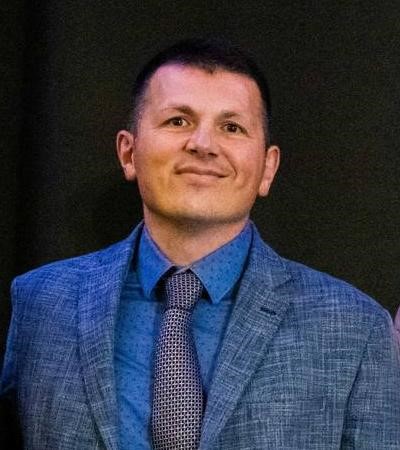Lorem ipsum dolor sit amet, consectetur adipiscing elit. Nam laoreet eu nisl sed luctus. Nam scelerisque mi non purus maximus, at tempus tortor viverra. Donec commodo nunc erat, sit amet condimentum lorem facilisis eget. Donec vitae neque non mauris suscipit fermentum. Proin a metus at augue sollicitudin pulvinar in at augue. Nunc consectetur mauris vel erat dapibus, nec fermentum ligula ultricies. Aenean dignissim velit erat, nec maximus libero blandit ac. Sed vel neque ipsum. Nullam egestas dui nisl, at blandit libero pulvinar ullamcorper. Maecenas neque lectus, rutrum vel lectus vel, luctus fringilla justo. Lorem ipsum dolor sit amet, consectetur adipiscing elit. Nulla ante elit, blandit ac dui in, aliquam mattis magna. Nullam euismod velit in dictum imperdiet. Donec mollis porta sapien, ut aliquam eros blandit ut. Pellentesque bibendum eros vitae lorem convallis, quis convallis est malesuada.
Ut eget massa sit amet dolor pulvinar gravida sit amet vitae leo. Maecenas commodo, eros non consectetur finibus, ligula lectus mollis ipsum, eget tincidunt enim ipsum at ex. Suspendisse ex risus, consequat vel blandit ac, dignissim a ipsum. Donec volutpat et tellus id consequat. Sed commodo pretium nunc. Mauris tempor volutpat orci, a maximus nisl porta sit amet. Fusce dictum ullamcorper mi scelerisque eleifend. Pellentesque vitae lobortis justo, a consequat nibh. Cras maximus placerat justo et cursus. Aliquam sollicitudin, elit tincidunt tincidunt auctor, mi elit porttitor justo, a egestas lacus lectus imperdiet lorem. Aenean convallis viverra metus sed feugiat. Vivamus diam mi, faucibus vehicula quam sit amet, finibus ultrices mi. In ut tempor mi. Duis varius nunc quis felis luctus dapibus.







